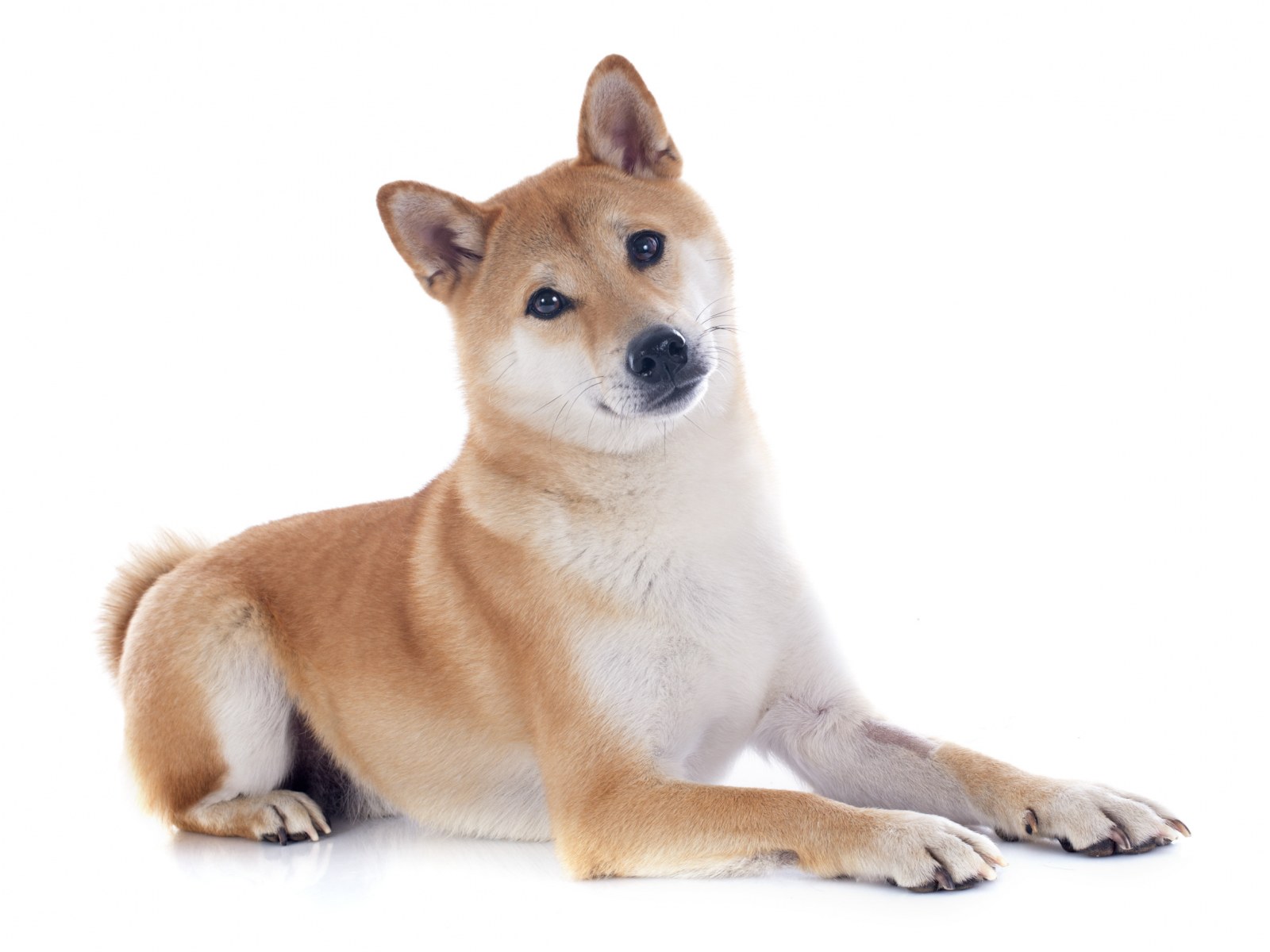A regular part of your grooming routine should be devoted to inspecting your Bichon’s feet and cutting back his nails. Always inspect his feet for cracked pads and check between the toes for splinters and thorns. Pay particular attention to any swollen or tender areas. The nails of the Bichon who spends most of his time indoors or on grass when outdoors can grow long very quickly. Do not allow your dog’s nails to become overgrown and then expect to cut them back easily.
Many pet owners are extremely reluctant to attempt to cut their dogs’ nails. It is important not to allow your Bichon to convince you that nail trimming is traumatic or painful. Bichons can be extremely convincing actors. Allowing your Bichon to set down the rules for grooming would be the same as permitting children to decide when they should bathe or brush their teeth.
Bi-weekly nail care is important and will take so little time that your Bichon will soon become totally accustomed to having it done. It is, however, important to know that each nail has a blood vessel running through the center called the “quick”. The quick grows close to the end of the nail and contains very sensitive nerve endings. The point is to have a minimum amount of nail to surround the quick.
If the nail is allowed to grow too long it will be impossible to cut it back to a proper length without cutting into the quick. This causes severe pain to the dog and can also result in a great deal of bleeding that can be difficult to stop. Taking small nips off the nails rather than one large chunk will guard against cutting into the quick.
Should you nip the quick and bleeding occur, there are a number of blood clotting products available at pet stores that will almost immediately stem the flow. It is wise to have one of these products on hand in case there is a nail trimming accident or your Bichon tears his own nail.

